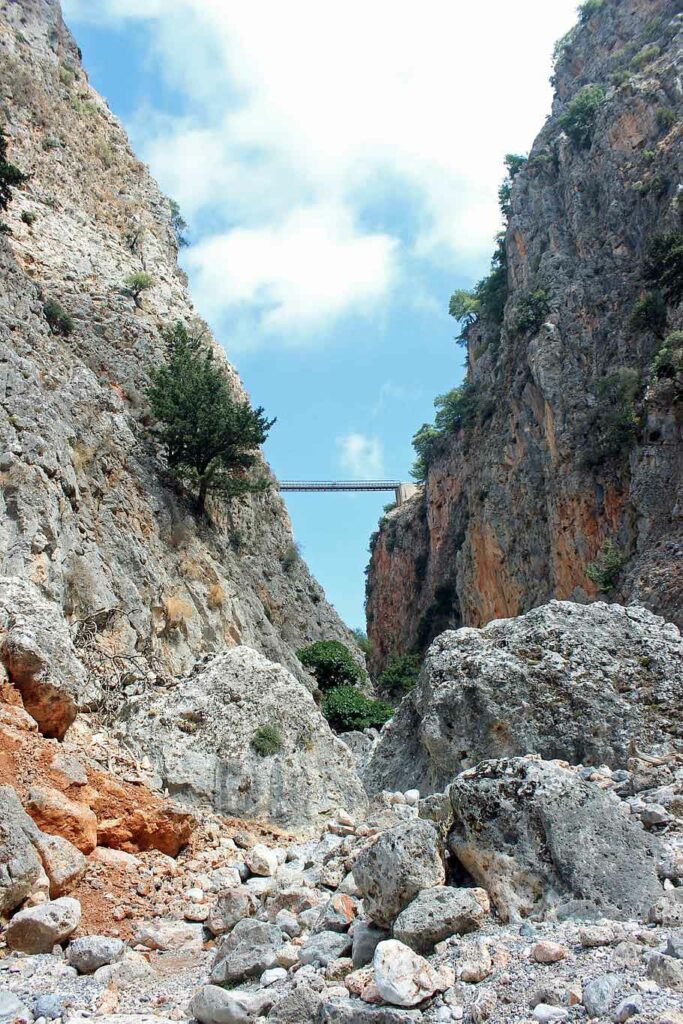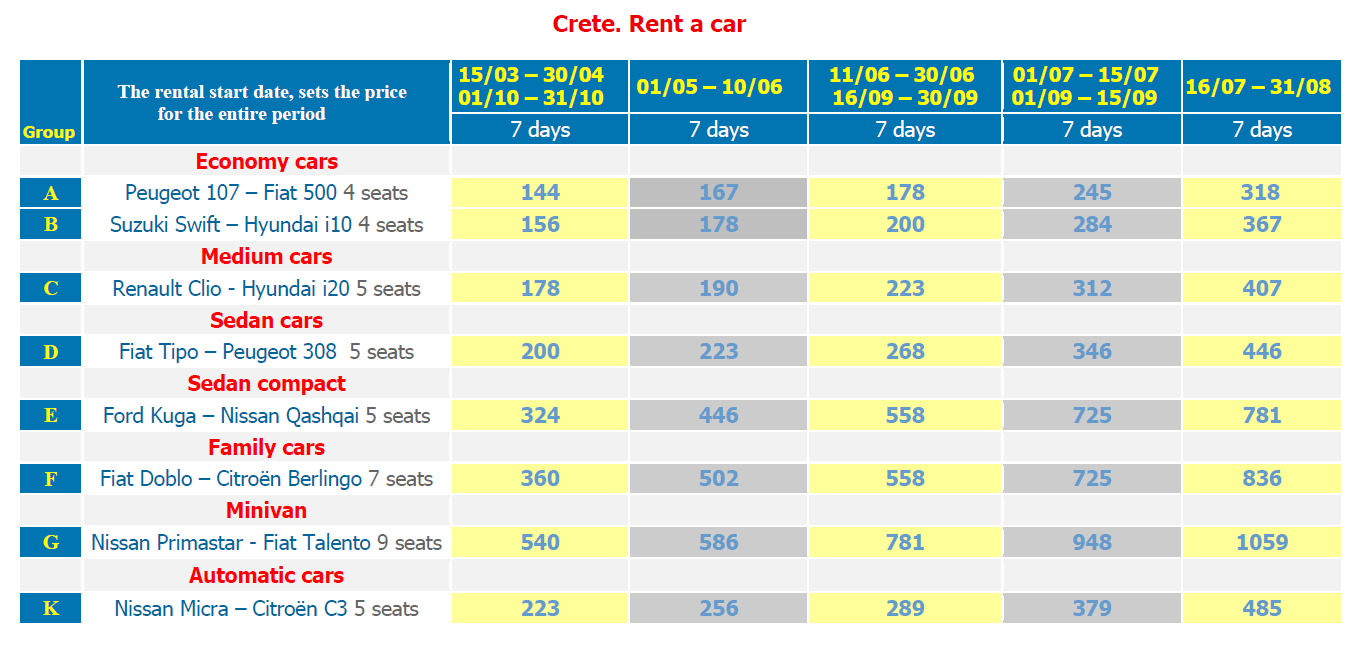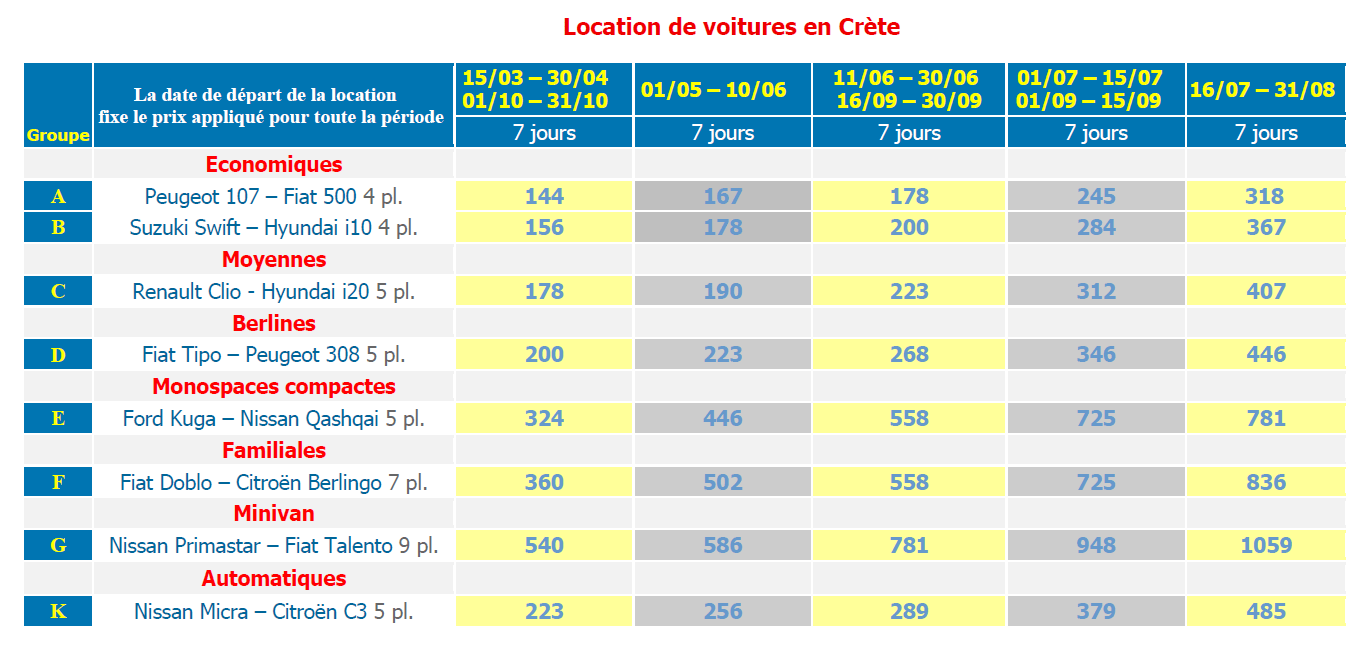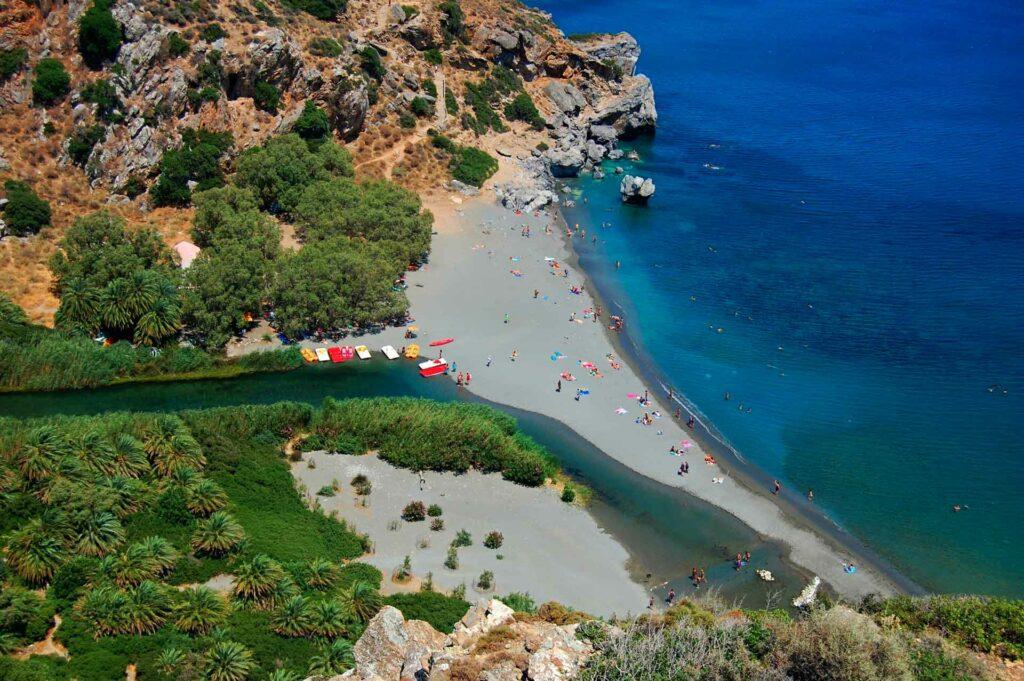Home » BLOG » Visit Crete » Festos, Gortyna, Matala

Tour starting from Heraklion
Gortyna - Festos - Matala
Gortyna

A beautiful tour and a journey through history. Festos, Gortyne and Matala.
In the time of the Minoan palaces (2000 - 1400 BC), Gortyna was a small village on a hill, under the authority of Knossos. Over the centuries, however, the city became quite rich and powerful.
In the time of the Minoan palaces (2000 - 1400 BC), Gortyna was a small village on a hill, under the authority of Knossos. Over the centuries, however, the city became quite rich and powerful.
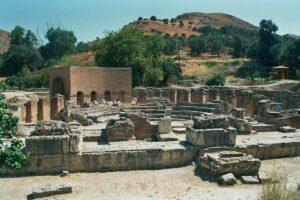
On a façade of the temple of the Pythian Apollo, one of the most important temples of the city, dating from the 7th century BC, the Gortinians engraved their laws and the treaties they signed, because they wanted to place them under the protection of the god.
In 12 columns, 600 lines, and a total of 17,000 letters - engraved very close together and forming lines that read alternately from left to right and vice versa - it is the longest and most difficult legal text we have in the ancient Cretan dialect. It dates from the 5th century BC. A kind of civil code, dealing with property, dowry, inheritance, marriage, divorce, adoption, etc., as well as the rights and obligations of slaves.
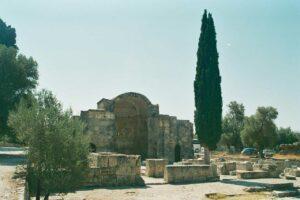
But before the inevitable confrontation between Knossos and Gortyna, another enemy appeared on the horizon: the Romans. The clever Gortinians chose to become allies of Rome and thus avoided the destruction of their city, as happened with Knossos.
So they thought it would be better to stay on the right side of history. Indeed, in 68 BC, the Romans conquered Crete without too much difficulty, and destroyed Knossos and many other cities that resisted them. But for their ally, Gortyna, they reserved a special treatment.
They built an amphitheatre, two theatres, a school of music, a stadium, a very luxurious praetorium for their speakers, a large public bath and many temples.
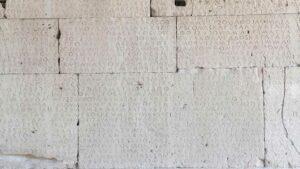
Over the years, when the Christian religion began to spread in Crete, Gortyna, following its standard policy of following the nation or trend that seemed strongest, was the first city to adopt Christianity. As a result, the archbishop of Crete Titus, and pupil of the apostle Paul, had his base in Gortyna. The basilica, dedicated to St. Titus, was built much later (around 500 AD), and has been preserved in fairly good condition.
But the Saracens arrived in 828 AD. The city could not withstand the Arab attack and disappeared from the face of the earth forever. Its glory and splendour were gone, and its shattered pieces can be seen today scattered in the fields and olive groves that surround it...
Festos
The exact site of Festos was first discovered in the mid-19th century by the British admiral T.B.A. Spratt. However, excavations of the area only began in 1900, led by the Italian School of Archaeology, and continue to this day.

The first Minoan palace, built in 1900 BC, was destroyed by an earthquake in 1700 BC. The second palace, built just after the destruction of the first, was also destroyed, around 1400 BC, either by an earthquake or by invaders who came suddenly and razed everything to the ground.
A settlement was built on the ruins of this second palace, and flourished during the Mycenaean and Geometric periods (1400 - 700 BC). And, during the Hellenistic and Roman periods, new buildings were constructed on the ruins of the old ones, using existing materials taken from the site. So, to explore this site, you need to get out the map to find your way through this labyrinth!

After the destruction of the second palace, the place continued to be inhabited, although there was never a third palace. Festos lost its former glamour, but managed to remain an autonomous city that lived for at least a thousand years and had a fairly large population. Around the middle of the 3rd century BC it came under the power of Gortynia, and around 160 BC the Gortynians, God knows why, destroyed it entirely. This was the final blow to one of the most beautiful centres of Minoan civilisation...
On the northern side of the archaeological site were several flats of the first palace. In one of them, archaeologists discovered the famous Festos disc, a clay disc with text on both sides. This comprises 241 symbols in a kind of spiral arrangement and is always a puzzle for experts.
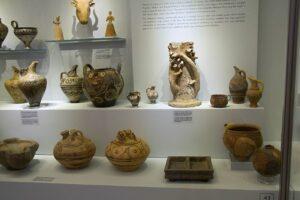
The few inscriptions we have from Festos are all in Linear A, the undeciphered code, and there are none in Linear B to reveal the history of the city and the names of its great lords. As a result, the only names that have come down to us are those of Radamanthe, a mythological king of Festos and brother of King Minos, and Epimenides, a philosopher who was born here in the 6th century BC and was one of the seven sages of ancient Greece.
The opportunity to quote the liar's paradox, by Epimenides, who, let us not forget, was Cretan. At that time there was a rumour in the vast Greek world that all Cretans are liars. So one day Epimenides found himself before an assembly of Greek sages, and he was invited, as a Cretan, to explain himself. So he took the floor and here is his declamation:
All the Cretans are liars
But I am Cretan
So I'm lying
But if I am lying, I am not Cretan
So I'm not lying
Matala
Matala is a fishing village by the sea, 70 km from Heraklion. It was the port of Festos in Minoan times and of Gortyne in Roman times (67 BC - 330 AD). On the steep shore of the bay, there are still carved caves that were used in prehistoric times as dwellings, which may have been used as tombs.
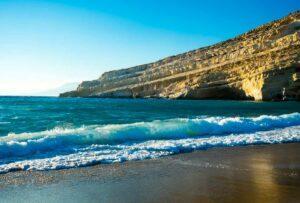
These caves remained empty for thousands of years until the 1960s, when they were discovered by hippies, in which they found their ideal home. Most of them lived there in groups (small groups, couples and families) like primitives without any amenities. They did not want to have any contact with the western, consumerist lifestyle. They stayed there even in winter and wore loose, colourful, flowery clothes, lace and fringes for the girls, and even sheepskins when they were not half naked. Some of them lived in the caves completely naked, seeking to become "children of God", in tune with "mother nature".
The Cretan "Flower Power" was born. They met on the beach and re-enacted the Woodstock festival in miniature. Marijuana and LSD were not far away.
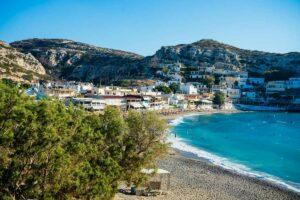
It is said that the already famous Bob Dylan, Joan Baez, Janis Joplin και Cat Stevens have graced this place with their presence.
This hippie colony made the front page of the Greek press, but the news also found its way to the front page of an American magazine, praising this way of life. The news amused readers until several young Americans, wanting to avoid serving in Vietnam, went off on a tangent and joined the ranks of the flower children. The authorities were then urged to close the site, which they did in May 1970.
It's a pity, because today Matala has become very touristic: shops, pensions, restaurants...
South of Matala, and within 30 minutes walk, the beautiful Red Beach. Access by small boat.
Another beach, accessible by car, is that of Kommos, located 2 km north of Matala. It is a long protected beach, part of the Natura 2000 network, where the famous Caretta Caretta sea turtle nests. There is also a species of white lily growing in the sand. And if you are a naturist, choose the northern part of the beach. (for buses, see KTEL)
Rent a car in Greece: Crete (Heraklion, Chania, Rethymnon, Agios Nikolaos) – Athens – Rhodes – Corfu – Mykonos – Santorini – Thessaloniki – Preveza/Aktion/Lefkada – Patras/Araxos – Kalamata – Paros – Syros – Kos – Naxos – Lesbos – Thassos – Zakynthos/Zante

